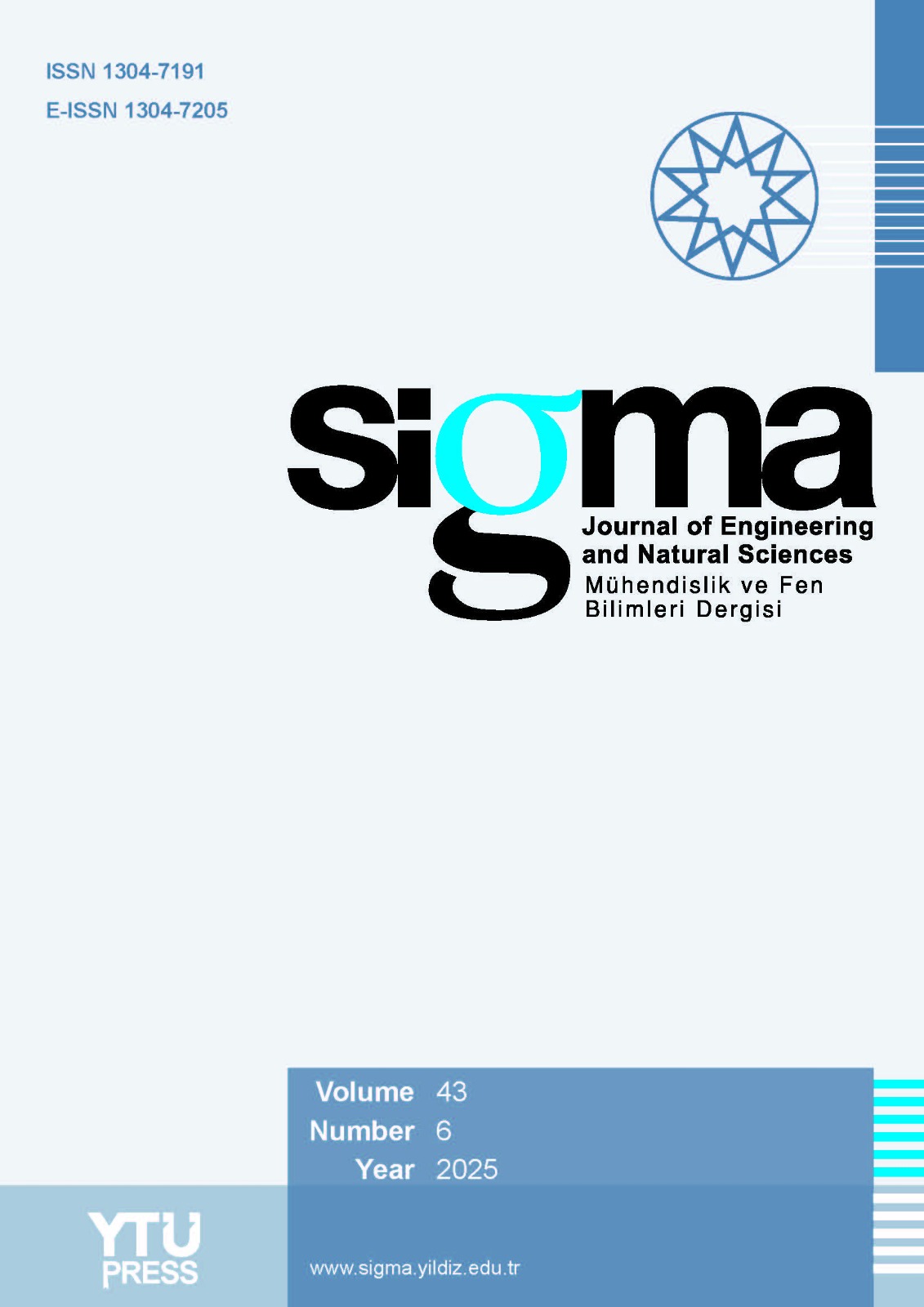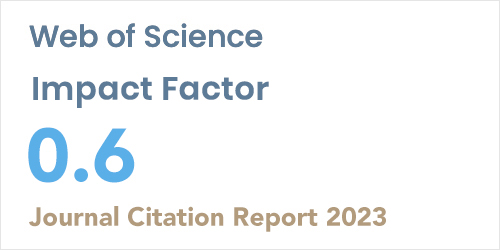Abstract
Aerospace, automobile, and marine industries prefer aluminium-magnesium weld joints for the fabrication of lightweight, corrosion-resistant structures. However, at elevated temperatures, they suffer from reduced strength and display potential for cracking. Hence, in this study, a innovative approach of combining explosive energy and reinforcement materials to improve the strength, thermal stability, ductility, and performance of the aluminium 5052-magnesium AZ31 clads, through explosive cladding is attempted. The interface micrograph of the conventional clad (no reinforcement) shows the continual presence of molten intermetallic layer. The layer formation is inhibited by introducing a stainless steel wire-mesh between the mating alloys, which reduces the velocity of the aluminium sheet owing to the enhanced friction. Similarly, the addition of silicon carbide particles along with the wire-mesh evades the straight impact of mating alloys and thereby suppresses the formation of reaction compounds. With respect to mechanical strength, the clad having both wire-mesh and silicon carbide reinforcement attains the maximum hardness (285 Hv), ram tensile (302 MPa), and shear strength (175 MPa), followed by wire-mesh-reinforced clad (hardness-245 Hv, tensile strength-254 MPa, shear strength-146 MPa), and conventional clad (hardness -98 Hv, tensile strength-102 MPa, shear strength-59 MPa).














